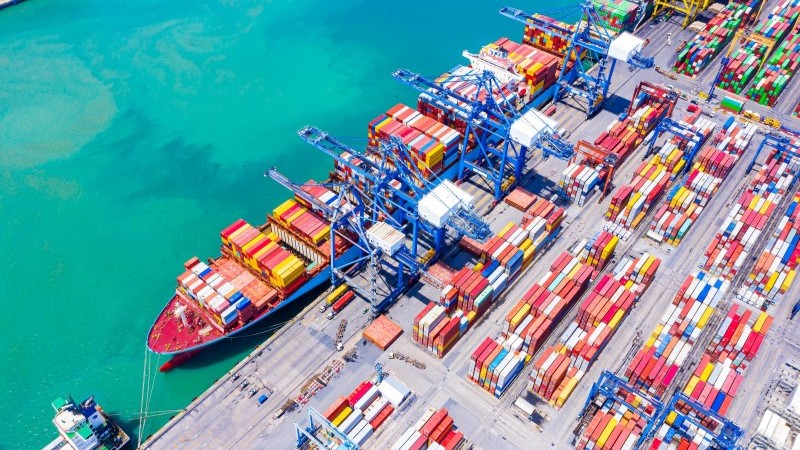Shipping Line Container Stowage
In this article, we will explain the key considerations in container stowage, its significance, and the challenges it poses.
Stowage of containers is a crucial part of the worldwide shipping business that has an impact on both shipping lines and the longer supply chain. Stowage planning that is effective increases cargo safety, lowers transportation costs and has a minimal negative impact on the environment. Additionally, it aids in avoiding mishaps, cargo damage, and supply chain delays. While container stowage has its difficulties, technology is helping to solve them and improve the process efficiency and dependability.
Container stowage is still a crucial component in the constantly changing field of global logistics and will continue to evolve and advance in order to satisfy changing consumer needs. It serves as a reminder that preparation and accuracy are crucial to maintaining the efficient and secure movement of commodities across the globe, especially in the background of a complicated and dynamic business.
The stowage of containers is essential to the worldwide shipping sector. In order to maximize space use, assure stability, and speed up the loading and unloading procedures, it entails the thoughtful placement of cargo containers aboard a vessel. This procedure, which affects both shipping companies and the global supply chain, is essential for the effective transportation of commodities throughout the globe.
Stowage of containers starts long before the ship is loaded. To make the most use of the available space while following rules for weight distribution and stability, careful planning and cooperation are needed. Taking into account elements like container type, cargo weight, and port of discharge, the containers must be stacked properly and securely.
Preventing mishaps and cargo damage is one of container stowage’s main goals. The danger of goods moving during transportation, which may result in mishaps and damage, is reduced by properly placed containers. Shipping companies utilize sophisticated software and knowledgeable stowage planners to do this, taking into account things like container weight, cargo type, and the segregation of hazardous items.
Stowage of goods in containers is greatly influenced by the kind of material being transported. To preserve stability, containers carrying heavy goods, such as machinery or industrial equipment, should be positioned toward the base of the stack. Electronics and fabrics, which tend to be lighter or more delicate, should be stored on top. To avoid chemical reactions or leaks, hazardous items must be stored separately and in accordance with tight regulations. Stowage planning that is effective keeps risky goods away from neighboring containers, preventing accidents in addition to damage.
For shipping lines, there are a number of financial benefits to optimizing container stowage. Utilizing available space effectively enables the transportation of more containers on a single journey, which lowers the cost of transportation per container. It also reduces the need for additional trips and increases profit margins. Additionally, this improvement may result in less fuel usage, which would cut greenhouse gas emissions and increase environmental sustainability.
The effectiveness of the supply chain is directly impacted by effective container stowage. Quick loading and unloading of containers decreases port congestion, shortens shipper wait times, and cuts costs throughout the whole logistics chain. In the current worldwide economy, where companies depend on just-in-time delivery systems to satisfy client expectations, this is especially crucial. These well-oiled supply networks may be broken by even the smallest delay in container handling.
However, container stowage has its own unique set of difficulties. First and foremost, it calls for qualified experts who can respond quickly in light of dynamic variables including cargo mix, weight distribution, and port timetables. Stowage planners must strike a balance between efficiency and safety because of the need to load and unload boats within limited time periods. Dealing with unanticipated circumstances like bad weather and unplanned delays is another difficulty.
The maritime sector is increasingly using technology to address these issues. Modern software technologies optimize container stowage using algorithms and real-time data, increasing process efficiency and reducing reliance on human labor. These technologies take into account elements like container size, weight, and destination to provide better stowage plans that optimize space efficiency while abiding by safety regulations.


